Ant Pollination
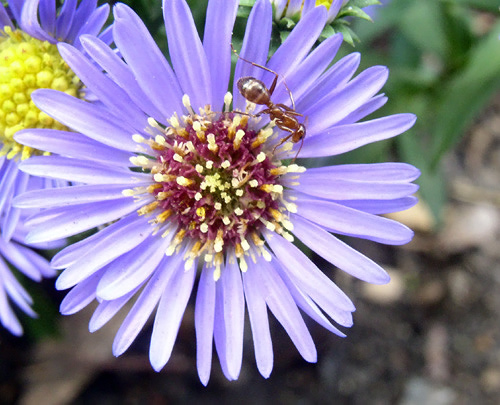
Ants form a great group of social insects that are great lovers of nectar. These busy insects are often observed visiting flowers to collect energy rich nectar. Ants are wingless and must crawl into each flower to reach their reward. Ants are more likely to take nectar without effectively cross-pollinating flowers.
Researchers have discovered that some ants are not important pollinators, even though they visit flowers and may have pollen grains attach to their bodies. These scientists discovered that some ants and their larvae secrete a natural substance that acts as an antibiotic. This secretion protects ants from bacterial and fungal infections. Unfortunately for the flowers which are visited by these ants, this secretion also kills a pollen grain very rapidly when it comes in contact with this natural antibiotic.
Ants visit inconspicuous, low-growing flowers positioned close to the stem. Examples of ant-pollinated plants in North America include Small's stonecrop (Diamorpha smallii), alpine nailwort (Paronychia pulvinata), and Cascade knotweed (Polygonum cascadense).
Ant Flowers
The flowers that are visited by ants are typically:
- Low growing
- Have small inconspicuous flowers
- Have flowers that are close to the stem
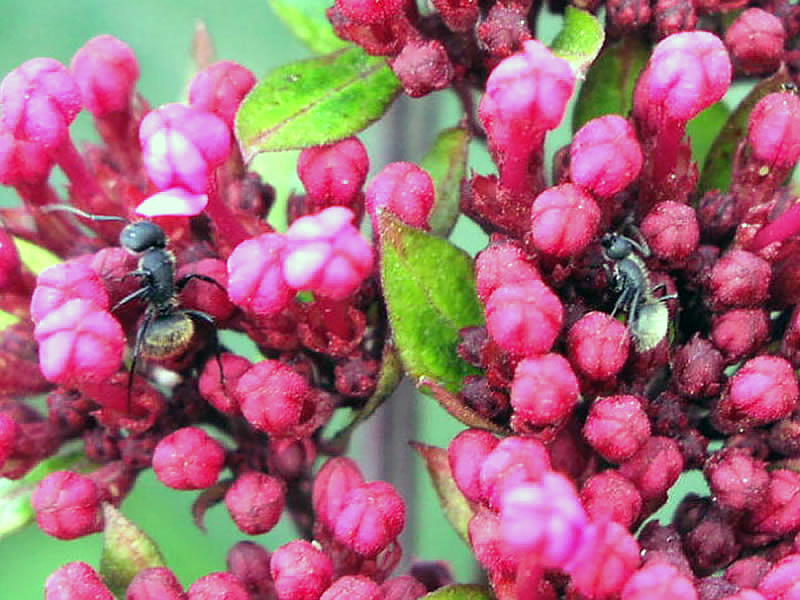
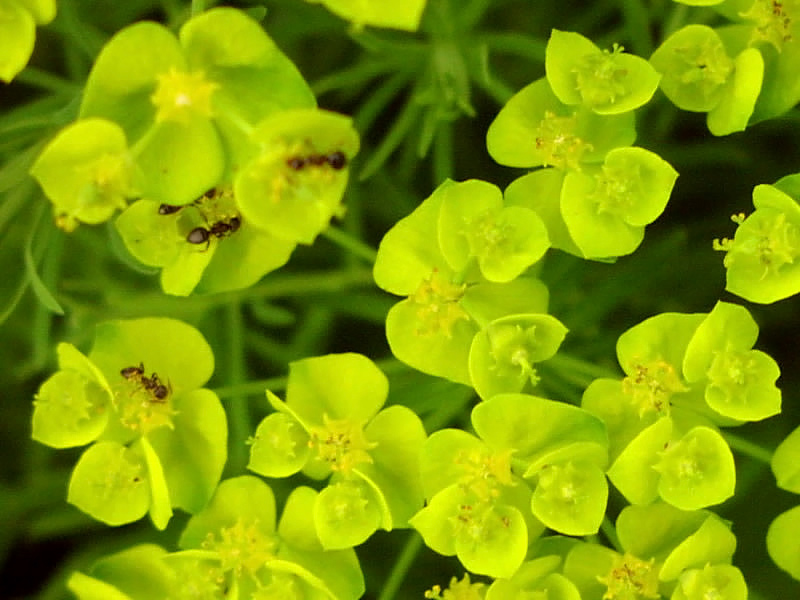
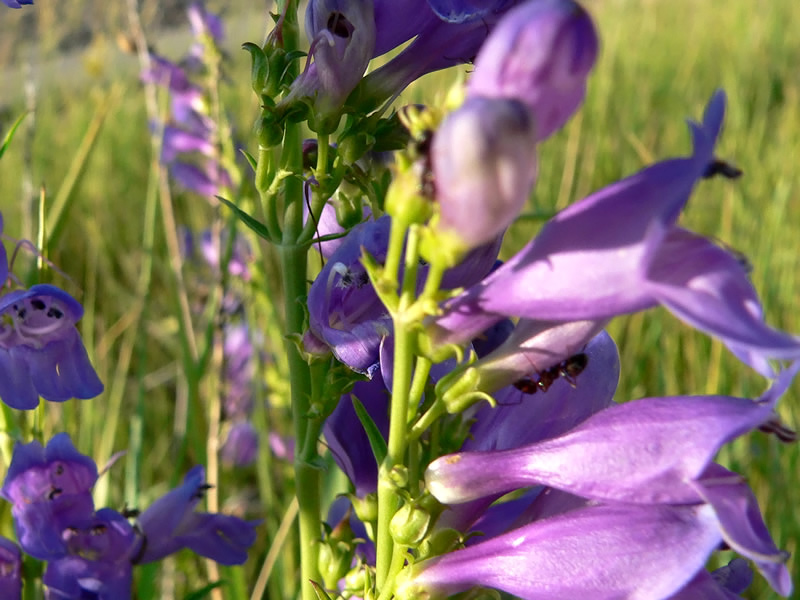
Ant Guardians
Many tropical plants have nectar outside of the flowers to attract ants. These plants rely on the defensive capabilities (biting and stinging) of the ants to protect them from various kinds of attack from other insects including nectar robbers.
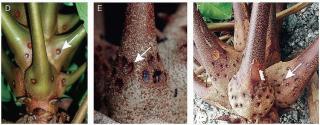
Read About It
- Smithsonian Insider - Sweet life: tropical plants attract ants with sugary nectar
- Nectar Theft and Floral Ant-Repellence: A Link between Nectar Volume and Ant-Repellent Traits?
